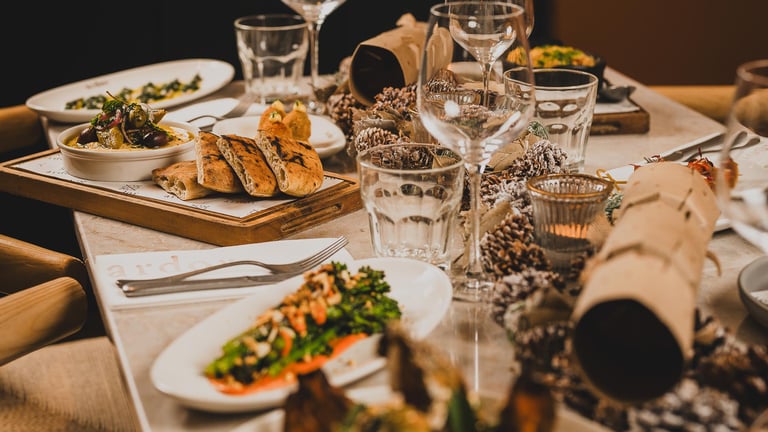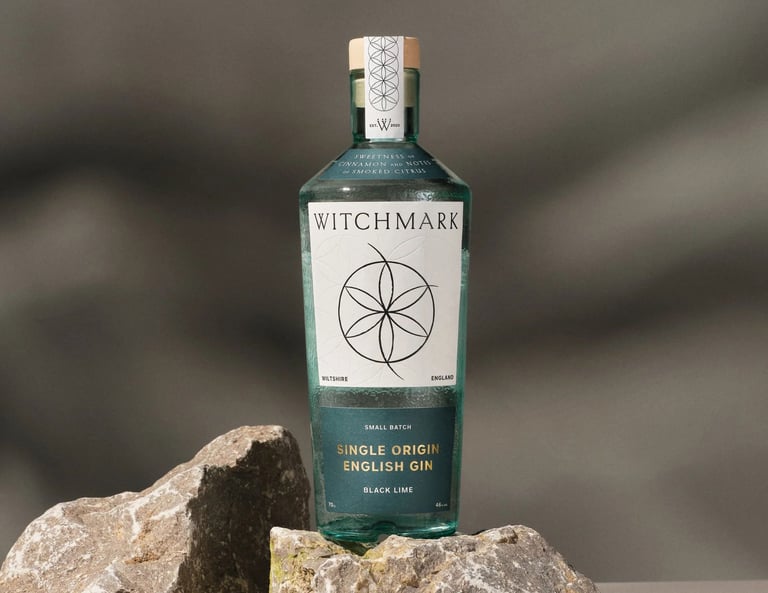Europe’s dessert scene is a treasure trove of deliciousness, and few treats are as universally adored as waffles. From cobbled streets in Belgium to vibrant Dutch markets, the continent offers a remarkable array of waffle varieties, each with its own cultural stamp and story. Consider, for instance, the classic dutch waffles that have charmed food lovers worldwide with their caramel-filled centers and crispy bite.
The origins of the European waffle
The journey of the waffle across Europe is as intricate as its grid pattern. The roots of waffles trace back to medieval times, when simple flour cakes cooked over an open fire evolved into the golden, patterned confections we know today. By the 14th century, specialized irons for baking emerged in many European countries, often embossed with coats of arms or religious motifs.
Through the centuries, each region began to tweak the basic waffle recipe, infusing it with local flavors and traditions. Waffles soon became more than just a street snack or breakfast dish; they took on symbolic meaning, appearing at fairs, religious festivals, and family gatherings. The architecture of their design and their adaptability with sweet or savoury fillings made them a staple in homes and bakeries alike.
Belgian waffles: more than one variety
When people think of waffles, the image of a fluffy, golden Belgian waffle often springs to mind. However, Belgium is home to a wonderful spectrum of waffle types, each with distinctive textures and origins. The Brussels waffle is famous for its lightness and deep pockets, ideally suited for holding toppings such as whipped cream, fresh fruit, or powdered sugar. Originating in the capital, it is enjoyed throughout Europe and far beyond.
The Liège waffle takes a more decadent approach. Crafted with a dough enriched by pearl sugar, it caramelizes upon baking, creating a rich and satisfyingly chewy exterior. Vendors typically serve Liège waffles warm, and their small, hand-held size makes them perfect for enjoying on the go. This Belgian take has inspired countless adaptations and remains a beloved street food to this day.
The Dutch stroopwafel: a chewy caramel classic
No exploration of European waffles would be complete without mentioning the stroopwafel. Originating in Gouda during the late 18th century, stroopwafels are made by pressing two thin layers of dough around a sweet, syrupy filling. The result: a chewy, subtly spiced biscuit with a charming hint of caramel.
Traditionally, the Dutch enjoy stroopwafels by placing them over a steaming cup of coffee or tea, allowing the warmth to soften the filling. While they started as a way to use bakery leftovers, stroopwafels have become a Netherlands icon, available in markets, train stations, and specialty shops worldwide. Their unique combination of crispiness and melt-in-the-mouth syrup has captured palates far beyond the Low Countries.
Variations across Europe: beyond Belgium and the Netherlands
Waffles are not solely the domain of Belgium and the Netherlands. Across Europe, inventive twists abound. In Scandinavia, heart-shaped waffles are a staple of cosy breakfasts, often paired with berry jams and sour cream. In France, gaufres de Lille showcase lightness and are filled with vanilla-infused cream, offering a different texture and aroma to traditional waffle fare.
Germany’s approach often leans toward thin, crisp cookies rather than thick breakfast treats.
Variants like the Neapolitaner wafer, paper-thin layers with chocolate or hazelnut cream, show how versatile the basic concept of waffles has become. Meanwhile, in Italy, pizzelle bring a hint of anise and festive decoration, and are especially popular during holidays. Each interpretation reflects regional tastes, ingredients, and a proud sense of heritage passed down through generations.
The enduring popularity of waffles in European culture
Waffles have remained at the heart of European comforts and celebrations for centuries. Their enduring popularity lies in the blend of nostalgia and innovation they inspire. Local bakeries continue to craft them using traditional methods, while chefs experiment with unexpected flavor combinations or gluten-free alternatives, ensuring waffles never fall out of fashion.
Today, European waffles cross borders via bustling food markets, specialty café menus, and even home kitchens thanks to modern waffle irons. Their universal appeal makes them deeply rooted in communal experiences, from sharing a sweet treat at a festival to assembling an indulgent brunch at home. As global interest in authentic food traditions grows, the humble waffle stands as a tasty ambassador of European heritage and culinary ingenuity.






